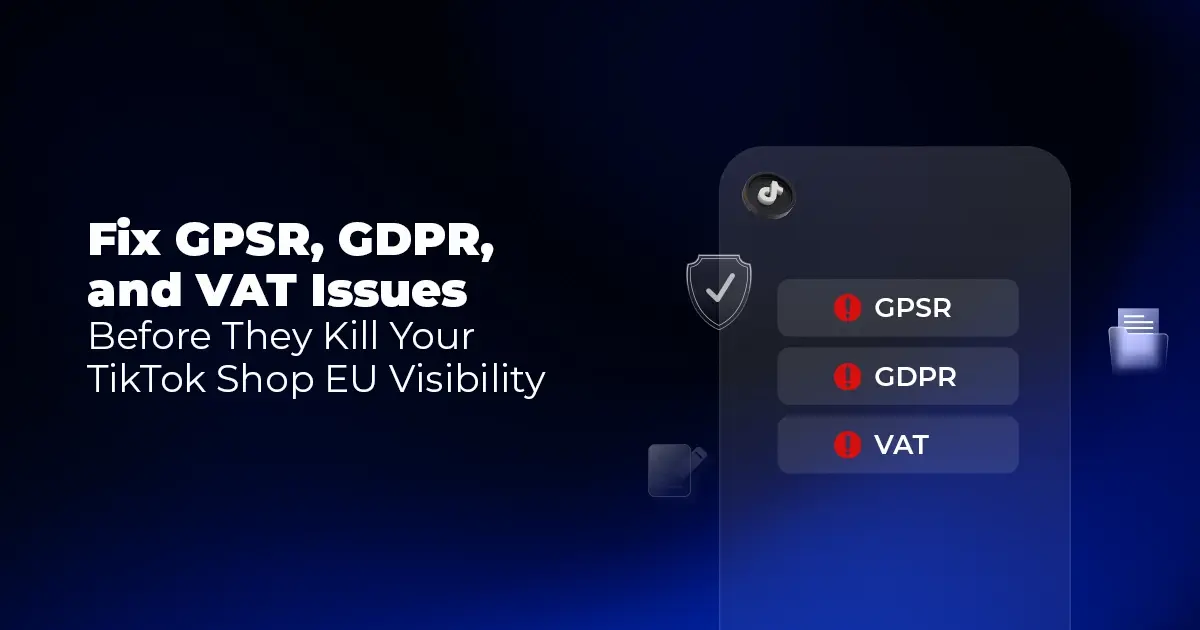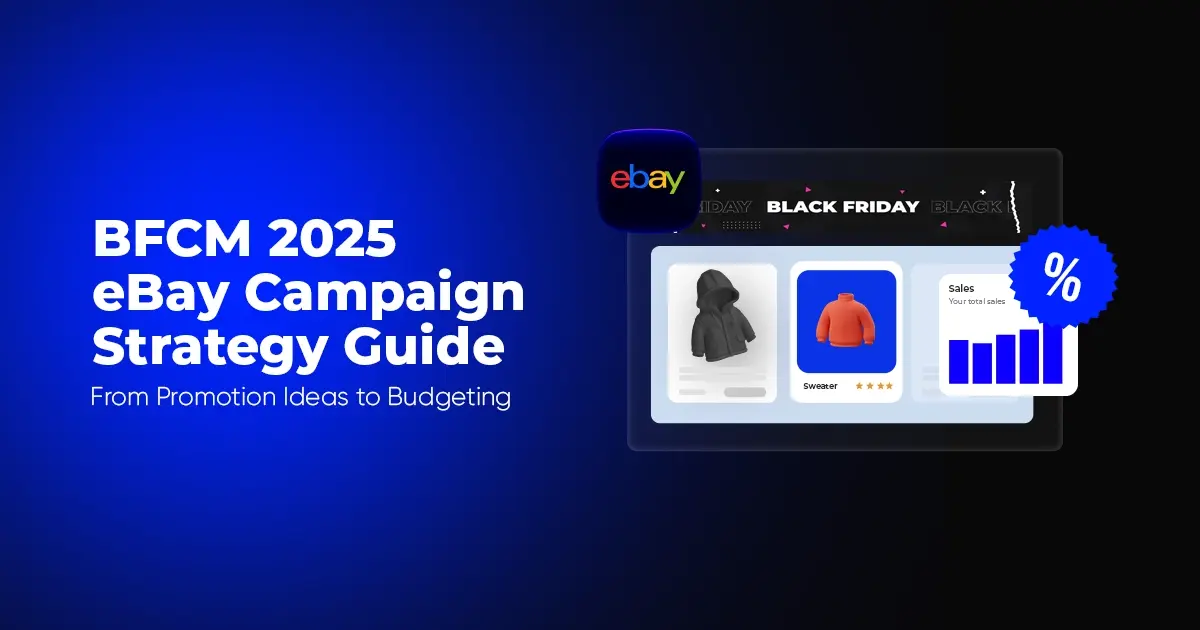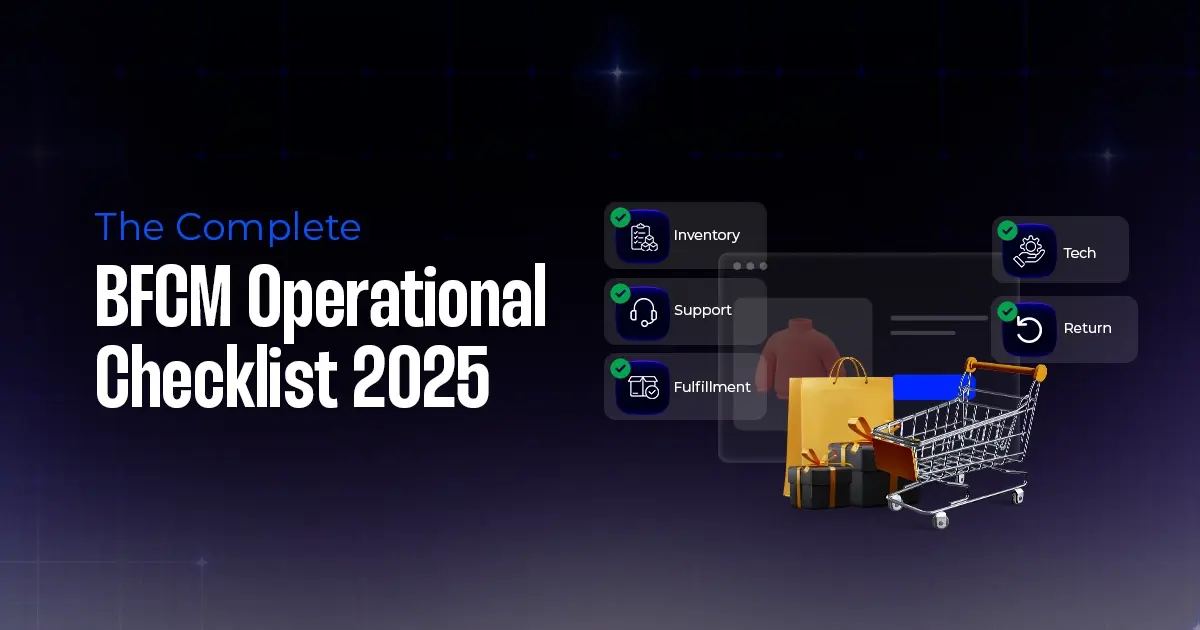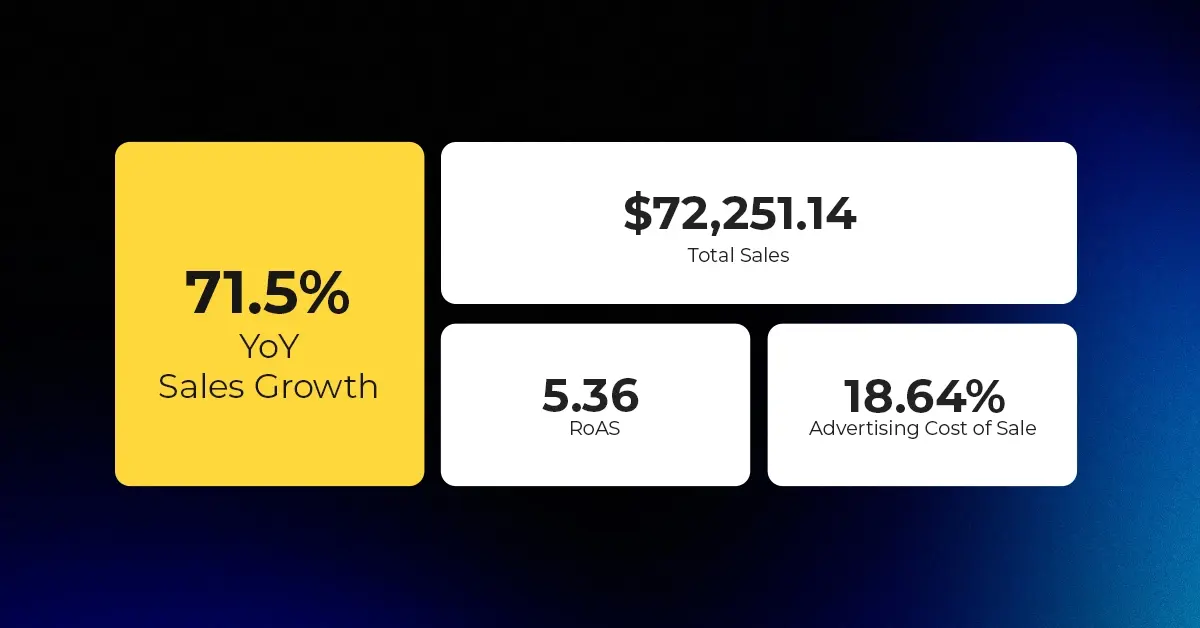BFCM Conversion Tactics: Smart Bundles, Flash Sales & Scarcity Marketing
Reading Time: 13 minutesStill approaching BFCM with generic discounts, last-minute price cuts, or scattered promotions?…
A great Return policy reflects how proactive you are at customer service. Return policy is part of customer experience especially when waters are troubled. If you get to please a customer with your return policy, chances are he will come back again for more, or least you will win their trust and can a have a good word of mouth. If you are potentially new in business, or your store is just off the hooks, before every purchase the aware customer will likely take a look at your return policy. In a comscore and UPS survey, it was observed 63% of american customers check the returns policy before making a purchase, and 48% will shop more if they find hassle free returns. In Germany 72% of people give more business to stores with hassle free returns. Hence you can’t argue with its significance.
Customers are extra conscious when they are buying online. It comes naturally.
Some handy tips while creating your Return Policy
A study has revealed, customers that received free shipping on returns increased their purchases by 58% to 357% over next two years.
A great refund policy ensures that a customer purchases without the fear of consequences.
Few examples for Return Policy
A No Question asked policy for a high end experience
Cover your damaged items
Celebrating the fact that customers bought from them at first place
Your Policy page should not be just pieces of text
Adding a touch of creativity to your Return Policy. Afterall it doesn’t have to be dull
Return Policy based on Customer experience
Conclusion
We tried giving you every aspect of what a perfect return policy should be, and we leave it up to you to mend it according to nature of your business. The examples of return policy are given you to give a picture how pre existing businesses go about ensuring a positive customer experience and how they address the pain points arising out of return requests. A return policy takes time to get the perfect shape, as you get to know your customers. With an ending note we hope you to write the next best return policy, and start a great journey ahead.

Reading Time: 13 minutesStill approaching BFCM with generic discounts, last-minute price cuts, or scattered promotions?…

Reading Time: 3 minutesTikTok Shop reached a major milestone during its largest U.S. “Global Black…

Reading Time: 3 minutesOpenAI has announced a new AI-powered shopping research tool designed to help…

Reading Time: 9 minutesIf your TikTok Shop listings often sit in review or your visibility…

Reading Time: 3 minutesAmazon has rolled out a new “Seller Challenge” feature for eligible Account…

Reading Time: 3 minutesWalmart Marketplace has sharpened its requirements around product classification (category, type group,…

Reading Time: 3 minutesJust ahead of Black Friday, Amazon is enforcing tighter controls on its…

Reading Time: 11 minutesWhere holiday prep of past years focused on legacy channels like Amazon,…

Reading Time: 11 minutesThe eCommerce shift you actually need to act on Multi-channel fulfillment has…

Reading Time: 10 minutesBlack Friday Cyber Monday (BFCM) isn’t a weekend anymore; it’s a two-month…

Reading Time: 2 minuteseBay is quietly testing a new feature that could reshape how buyers…

Reading Time: 2 minutesAmazon is stepping into a new era of value commerce with the…

Reading Time: 11 minutesThe $240 Billion BFCM Opportunity & Why Operations Matter Every seller, business,…

Reading Time: 7 minutesTL;DR — Your 60-Second BFCM Battle Plan Time remaining: 3 weeks until…

Reading Time: 2 minutesChina’s Double 11 shopping festival — the world’s largest annual online retail…

Reading Time: 2 minutesAs the holiday season approaches, TikTok Shop has released its September 2025…

Reading Time: 3 minutesIn a continued effort to enable sellers and stimulate new product launches…

Reading Time: 2 minutesAs global trade enters a new phase of regulation and cost restructuring,…

Reading Time: 2 minutesOpenAI Turns to Amazon Web Services in $38 Billion Cloud Deal: What…

Reading Time: 4 minutesAbout the Client TMRG is a global health and wellness brand with…